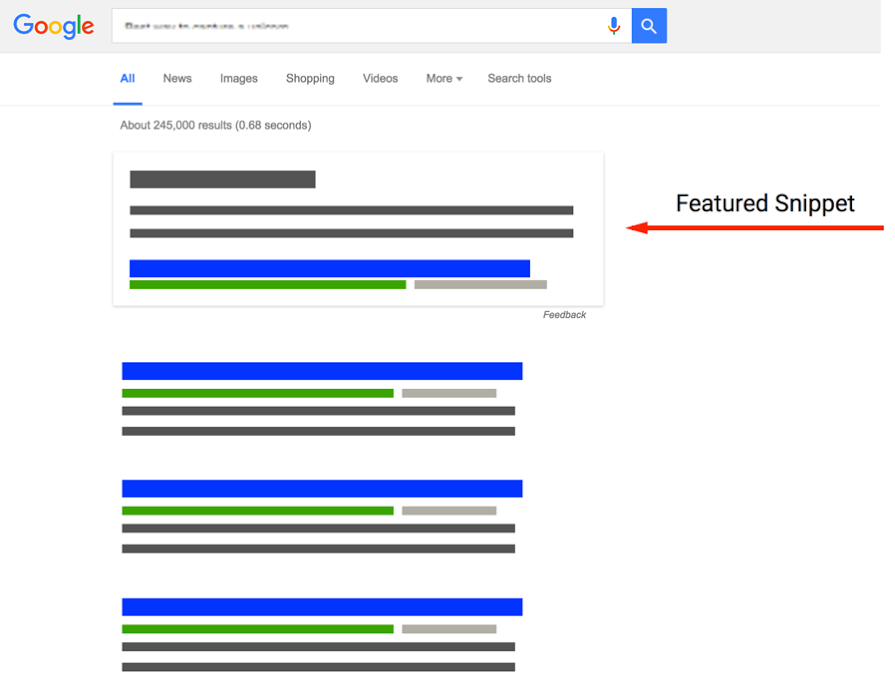Earning prime visibility on the web and ranking well online are goals for most local business owners. So if search engine optimization (SEO) and online listings are only getting you part of the way there, pay-per-click (PPC) advertising or search engine marketing (SEM) can pick up some serious slack.
What type of business should use Pay-Per-Click (PPC)?
Pay-per-click is effective. And as the saying goes, “You get what you pay for.” But not every local business should shell out for PPC. Certain types of local businesses are more likely to reap the biggest rewards from this type of advertising.
Try PPC if:
- Competition is low. If your business is one-of-a-kind in your geographic area, pay-per-click could be right for you. Where competition is higher, and more businesses like yours are using PPC, your cost per click is likely to be pretty high, since more businesses are competing for these clicks. If there aren’t many businesses like yours in your area, your cost per click will be relatively low, and your ad is likely to stand out quite a bit.
- Your purchase cycle is long, or margins are high. Big-ticket products and services typically have longer purchase cycles, meaning someone takes longer to buy these products and services than they do others. To accommodate for lower-frequency purchases, most business owners will work higher profit margins into their pricing structure. If this sounds familiar, you could be allocating a portion of these margins to advertising your products and services via PPC. Examples of businesses like these include home contractors, landscapers and legal service providers.
- You anticipate repeat business. When you gain a new customer, do you anticipate frequent, repeat business? (Think: pet services providers, doctors and dentists, fitness and nutrition businesses.) If so, the steadier and easier-to-predict revenue stream should make it easier for you to budget some moolah for advertising in advance.
How can you use it?
So how’s it work? Search engines and social media platforms offer paid advertisements on their platforms. Advertisers bid for placement, capping how much you’re willing to pay for each ad, and voila! You’ve got a campaign.
In the SEM world, Google AdWords rules the roost (more on that here). And as far as social goes, Facebook leads the pack.
Whatever platform you use, most will let you specify a date range you want your ads to run during, your desired copy and related keywords you want to rank for, a maximum amount of money you’re willing to pay and various targeting factors like mobile, geographic area, etc.
What’s new in PPC?
1. Increased Emphasis on Ad Copy
Anyone (okay most people) can write generic ad copy that makes it clear who you are and what you’re selling. But not all businesses take the time to make the copy compelling and different. That’s how you’ll need to stand out if you want your PPC dollars to work their magic. In fact, we recently wrote a blog about how to improve your ad copy. Check it out.
2. “It’s alive!” (More Live Data)
According to Nova Solutions, some ads are already capable of incorporating live data such as local product inventories. AdWords scripts help your ads interact with external data and incorporate it for a more targeted and special user experience.
3. Search Engine Results Pages Tweaks
ThomasNet.com predicts Google will continue to tweak the format for its search engine results pages. Since they do this pretty regularly, it’s not out of the realm of possibilities. The best example of this is the featured snippet Google highlights when you search for something. This text block is basically Google’s recommendation for what it thinks you’re likely to find most helpful and relevant.
It looks like this:

Tweaks like these can affect the space you have to advertise via PPC. So more important than ever, you need to stay up-to-date with Google’s recommendations for making your ads stand out and outperform those of your competitors.



